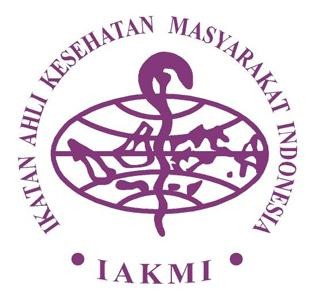Factors low Zink and Protein sufficiency level of Stunting on Children Aged 0-24 Month old in Demak Regency
Abstract
One of the children's nutrition will affect the development of toddlers, which can lead to stunting. Stunting is a major nutritional problem that will have an impact on socio-economic life within and between communities. The purpose of this study was to assess the factors associated to stunting on children in Demak Regency.
This analytic observational study was carried out in a case-control design. Subjects were 60 children aged 0-24 months as cases and 60 children as controls, which were selected by purposive random sampling. Data collection ware carried out through interviews using dietary assessment and recall 2 x 24 jam. Food intake data were collected through dietary assessment. Data were analyzed by chi-square tests
The results showed that risk factors for stunting ware low protein sufficiency level (OR:2.28, p=0.027) low zinc sufficiency level (OR:2.46, p=0.016).
It is concluded that , low protein sufficiency level was the strongest risk factor of stunting in children aged 0-24 months old in Demak Regency . It is recomended to integrate the effort to increase protein intake among pregnant mothers through maternal classes and cross-sectoral collaboration.
Keywords : Stunting, zinc and protein 0 – 24 month
Full Text:
PDFDOI: https://doi.org/10.33633/visikes.v19i2.3962
Article Metrics
Abstract view : 233 timesPDF - 431 times
Refbacks
- There are currently no refbacks.
Indexed by:

This work is licensed under a Creative Commons Attribution 4.0 International License. View My Stats
Supporting Professional Organizations























